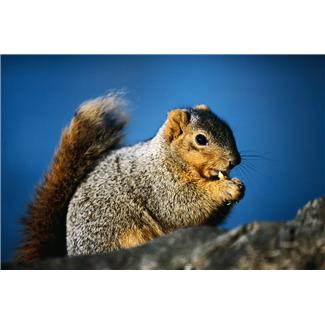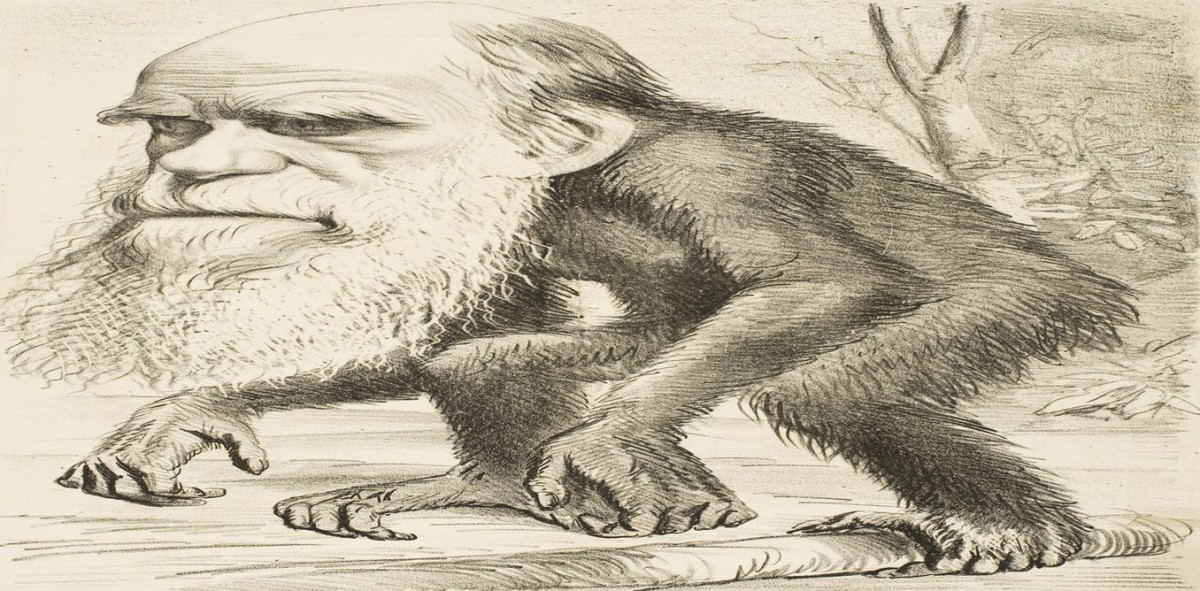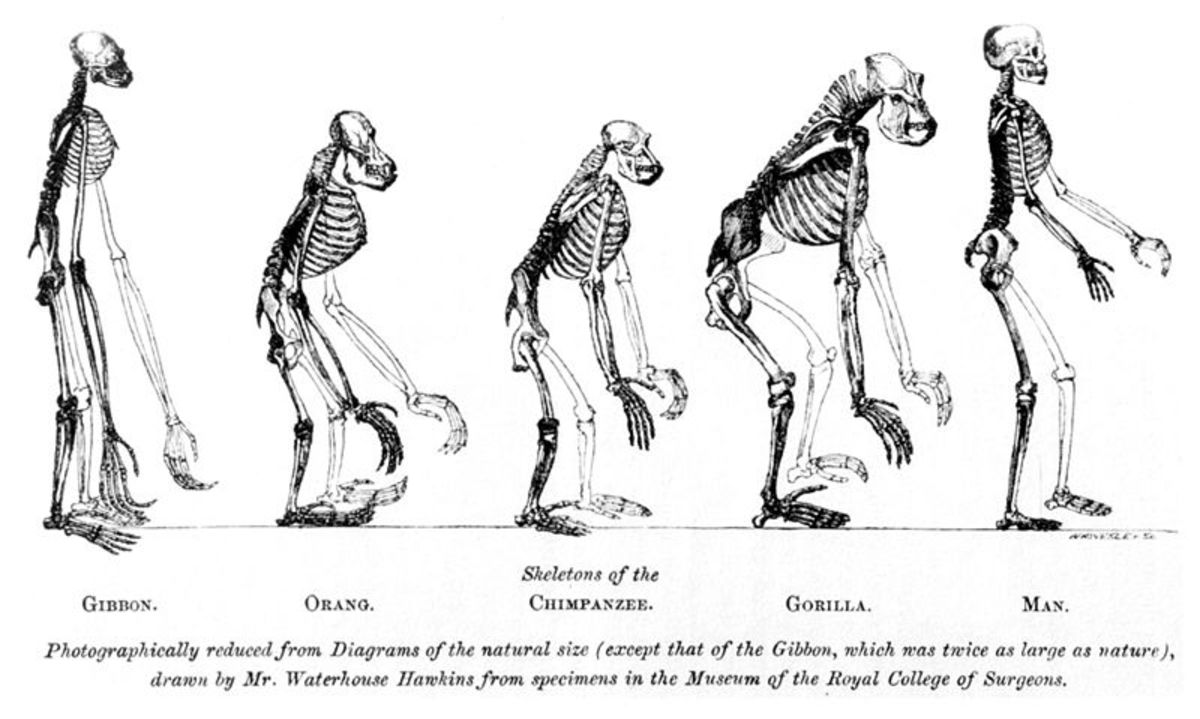What is Genetic Drift

Genetic drift is a term describing how allele frequency changes over time due to random sampling. The frequency of alleles with drift to 0 or 100. 0 meaning that none of the members of the population with possess the allele and 100 meaning that all of the members of the population will have the allele. Generally this occurs in small and/or isolated populations, or large populations in which only a few members successfully reproduce.
This can be a slow process taking generations of successive breeding without the influence of an outside gene source. This genetic drift often results in the creation of a new species or “speciation”.
Example of Genetic Drift
Locally there is a 100 acre stand of maple trees isolated by open terrain created by a massive forest fire. Within this stand of trees resides a resident population of Gray Squirrels. These isolated squirrels exhibit traits not displayed by those outside of the burned over area. They have extremely long tufts of hair on their ears, their tails are extremely long, and they are melaninistic. Their non-isolated counterparts only 1 mile away lack ear tufts, have average length tails, and are light gray in color.
Genetic Drift Video
So how has genetic drift played a role in the development of this isolated population of Gray Squirrels. Number one is the development of long ear tufts. This allele must have been present in the parent population of squirrels. When the population of Gray Squirrels became isolated, this allele surfaced and it’s allele frequency drifted to 100. On must presume that the frequency of the allele for short ear tufts must have drifted to 0. Second the long tails. Again the allele for long tails must have been present in the founder population. When the population became isolated this allele rose to the surface gaining an allele frequency of 100. And number three melanism. This allele too must have been present in the founding population drifting to an allele frequency of 100.
Genetic Drift Resources
So why is this genetic drift and not natural selection. In natural selection the developed adaptations must benefit the species. Sure long ear tuft may enhance hearing and a long tail may increase balance, but what does melanism do for a Gray Squirrel? Melanisms is not uncommon in Gray Squirrels, but it is not a dominant trait. In fact this trait causes the squirrel to stand out in its’ environment making it a target for predators. You can imagine a black squirrel highlighted against a background of light tan or light gray. It would be quite obvious to predators. So this is not an advantage, but what if predators were limited in this isolated stand of Maple Trees? There would then be no need for the squirrel to be gray and the allele could manifest itself. Its’ allele frequency could then rise to 100 without the influence of outside forces.
This is a very simplistic view of genetic drift. For more information on natural selection and population genetics please view the links below.
Join Hubpages
Do you enjoy writing? Would you like to make residual income from your work? Hubpages are a great place to do just that. Why not sign up and give it a try. From personal experience it's almost addicting.
- What is Natural Selection
An explination of natural selection complete with video.








